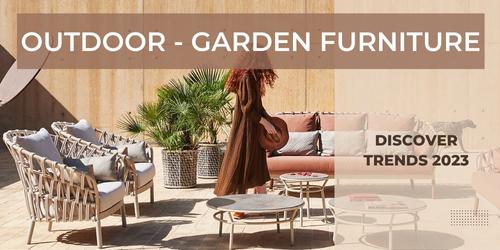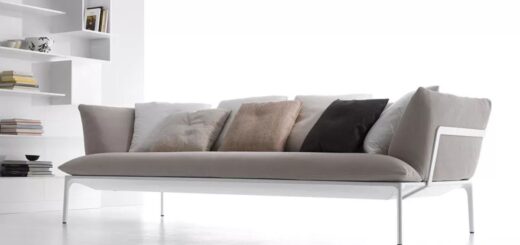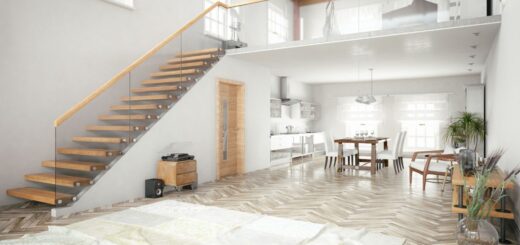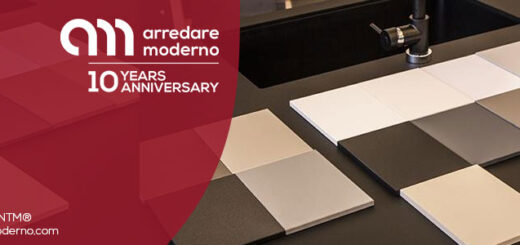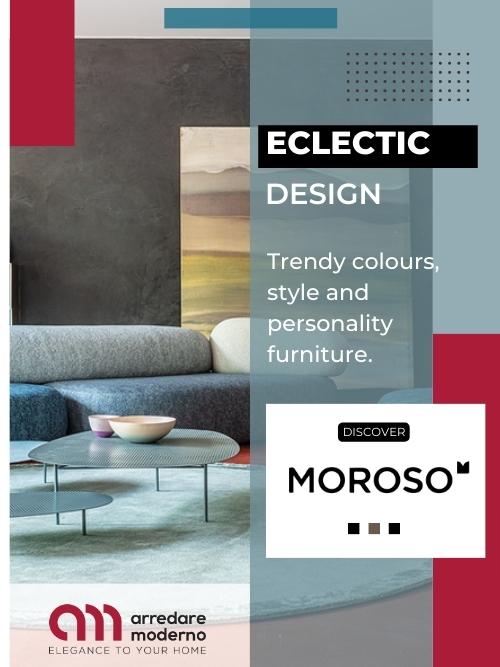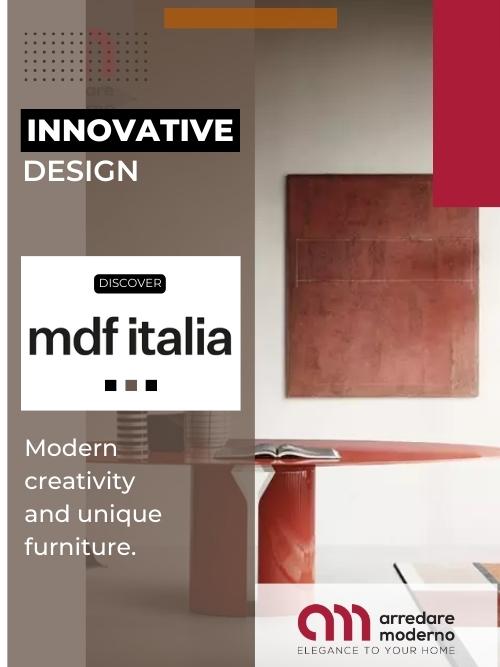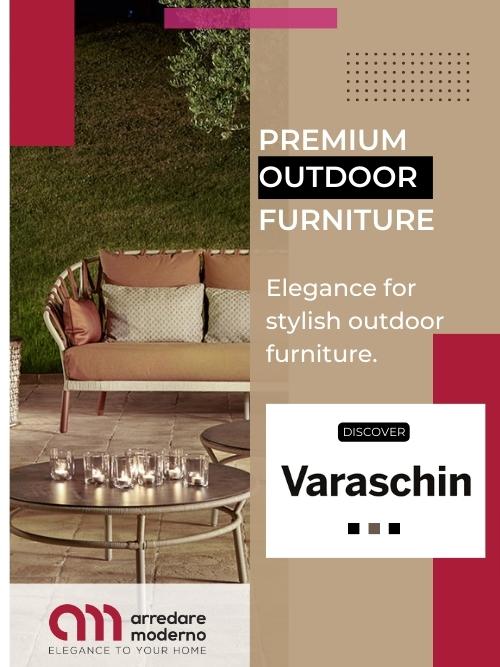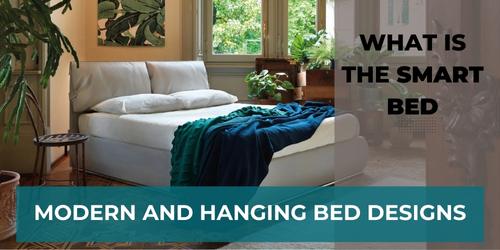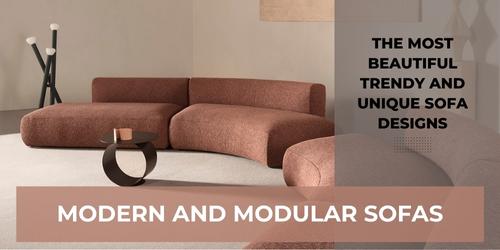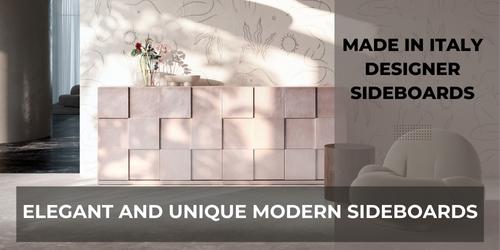Room Divider: The Complete Solution for Maximizing Space, Style and Functionality
In an era where living spaces are increasingly open and interconnected, the need to define and divide spaces in a practical and aesthetically appealing way has grown exponentially. This is where the room divider comes into play. This element can be particularly useful for separating the living area from the sleeping area, creating distinct environments while maintaining a sense of unity and flow within the home. In addition to physically separating one room from another, room dividers can also serve as design elements, enriching the aesthetic appearance of your living space. In this article, we will delve into the different types of room dividers, key considerations for choosing one, and the multifaceted benefits they can offer.
Types of Room Dividers
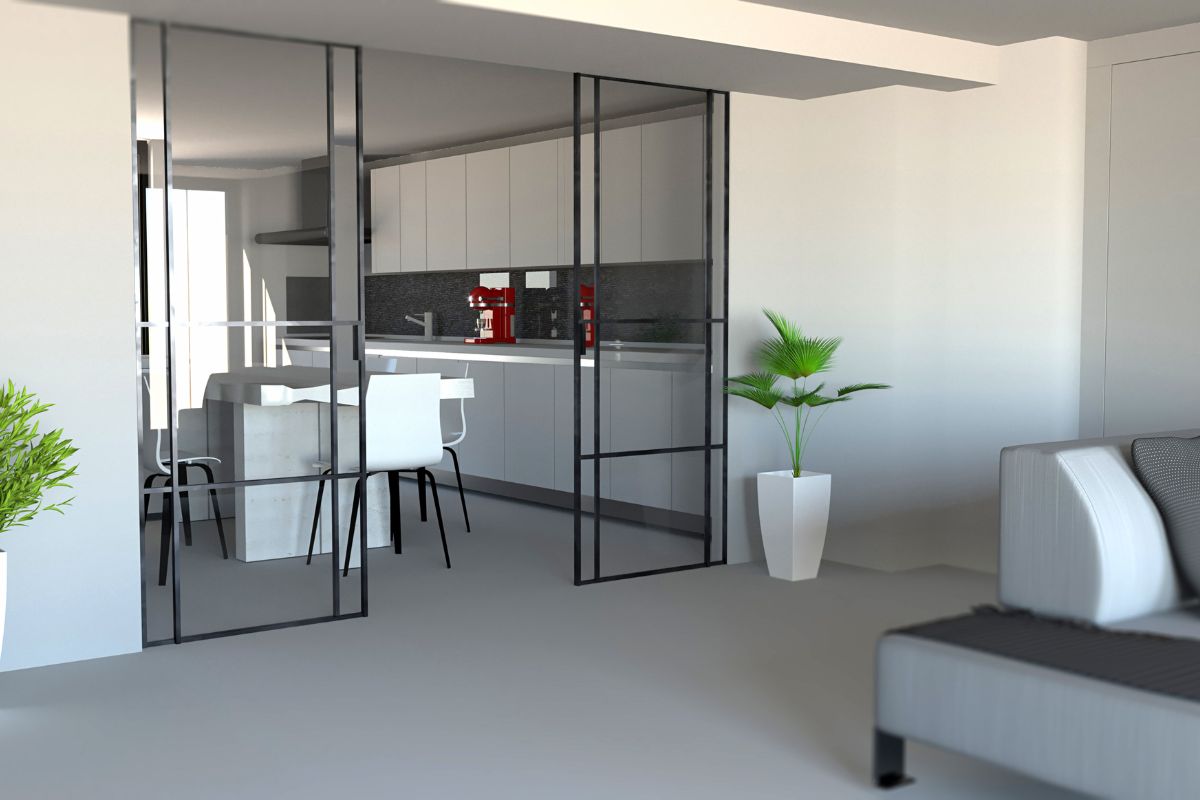
Sliding Walls
These dividers are a popular choice for large spaces, allowing you to divide a room into multiple sections without compromising the sense of openness and fluidity.
Fabric Panels
Commonly used at events or in temporary spaces, fabric panels are lightweight, cost-effective, and easily removable.
Wooden Dividers
For those looking for a more permanent and durable solution, wooden dividers offer elegance and a sense of natural warmth.
Folding Screens or Room Dividers
Portable and flexible, these screens can be placed as desired and moved with ease.
Open Bookshelves
A functional option that combines the need to separate spaces with the utility of having space to store books and art objects.
How to Choose the Perfect Room Divider
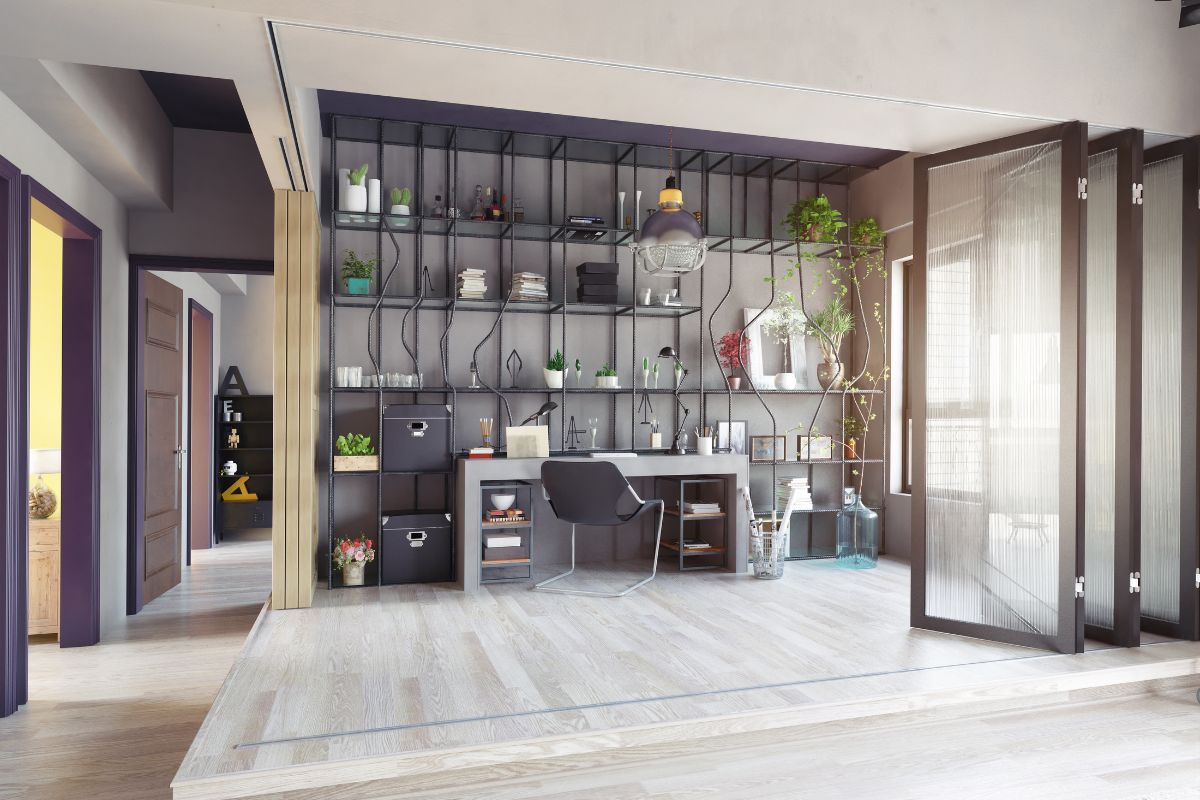
Choosing the right room divider for your space involves several considerations:
- Purpose: Identify the main reason you want to install a room divider: is it for privacy, aesthetics, or functionality?
- Space Dimensions: Evaluate the available space to ensure the chosen divider fits harmoniously.
- Budget: Costs can vary from budget-friendly solutions to luxury options, so it’s important to establish a budget.
- Materials and Style: Consider the material and design to ensure it integrates with your existing decor.
Multifaceted Benefits of Room Dividers
Spatial Flexibility
Room dividers offer incredible flexibility, especially in open-plan apartments or offices, where they can serve as temporary or permanent separators between different areas.
Design Element
In addition to functionality, room dividers are often designed to be aesthetically pleasing, adding an artistic element to the room.
Customized Privacy
In shared offices or spaces, room dividers can provide much-needed privacy without complete isolation.
Energy Efficiency
Some types of room dividers can also contribute to energy efficiency by limiting heat dispersion between rooms.
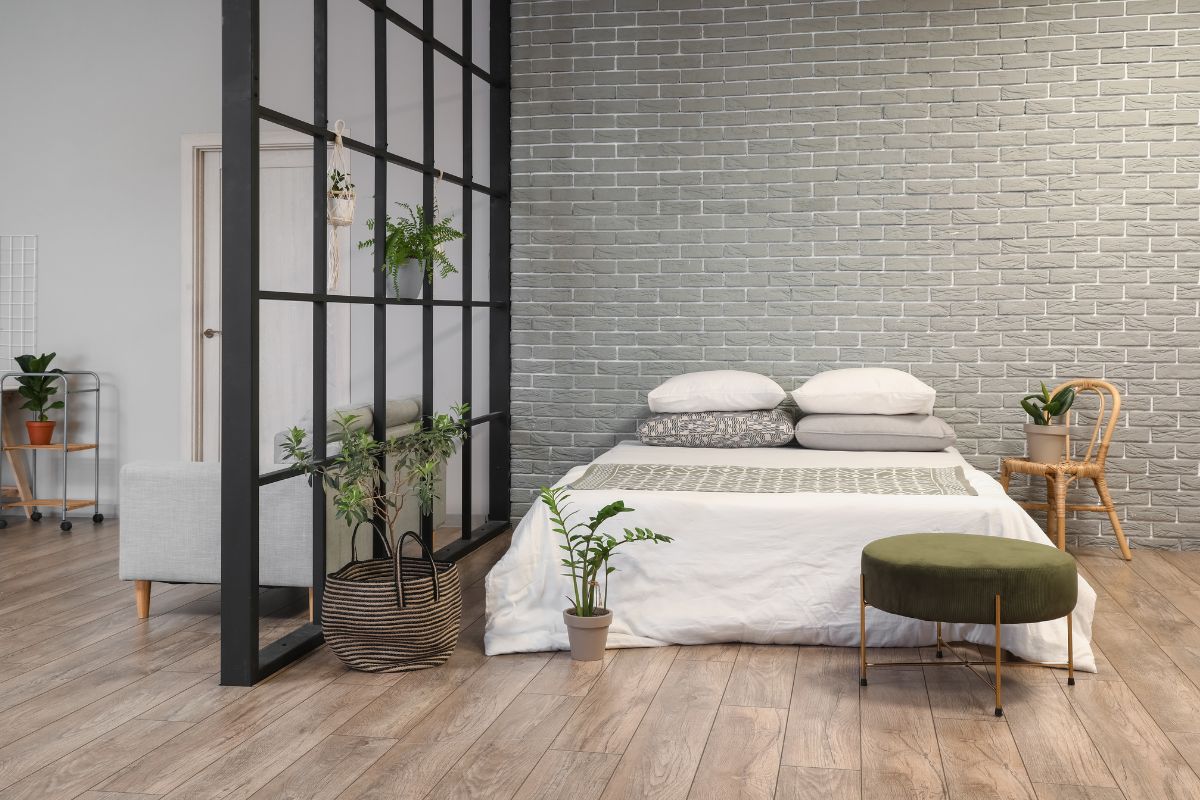
Future Outlook
A room divider is not just a way to separate spaces; it’s a true design element that can elevate the look of your space. With a range of options to consider, from functionality to design, there is a room divider for every need and taste.
Integrating Room Dividers into a Modern and Elegant Style
If your home or office is furnished in a modern and elegant style, adding a room divider should not disrupt this aesthetic. In such a context, the ideal choice could be a room divider made of tempered glass or stainless steel, materials that blend seamlessly with a contemporary environment. Modular dividers, which allow some flexibility in space arrangement, can also be an excellent option.
To maintain a cohesive look, consider using neutral colors such as gray, black, or white. If you want to add a touch of vibrancy, you could opt for a room divider with colored inserts that echo other elements of the decor. Furthermore, for a truly sophisticated solution, there are room divider options that incorporate smart elements, such as touch-screen panels or integrated LED lighting systems, which not only divide the space but also add additional functionality.
In any case, the goal is to choose a room divider that harmoniously integrates with your existing decor, helping to create a space that is both functional and aesthetically pleasing.”


